Cedar
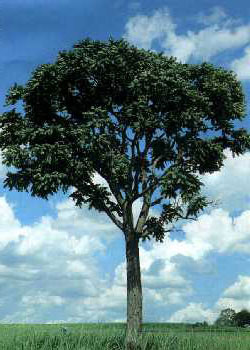 Cedrela sp
Cedrela sp
It occurs in the Amazon rainforest in the south of the country, depending on the species of cedar (the main ones are: Cedrela odorata, Cedrela angustifólia, and Cedrela fissilis). Light wood; dark pinkish-beige to reddish-brown heartwood; thick texture; right grain; pleasant smell, slightly bitter taste; moderate resistance to attack by xylophagous organisms.
Suitable for furniture, decorative packaging, picture frames, carvings, musical instruments; in civil construction, used in skirting boards, shutters, trims, shipbuilding.
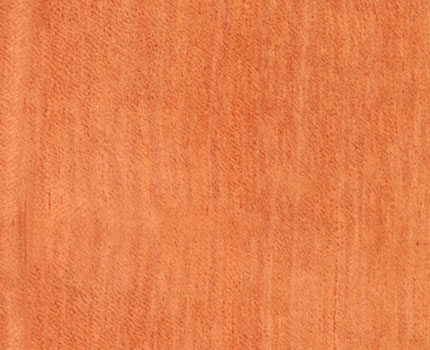
Freijó
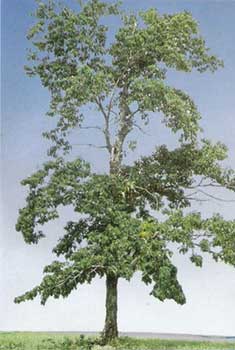 Cordia goeldiana
Cordia goeldiana
Occurs frequently in Pará. Wood moderately heavy, heartwood light brownish-brown; uniform; medium texture; right grain; peculiar, slightly pronounced smell; imperceptible taste; moderate resistance to attack by xylophagous organisms.
Recommended for fine furniture, leaves, wainscoting and panels; in civil construction, suitable for frames, shutters, moldings and trims.

Yellow Ipe
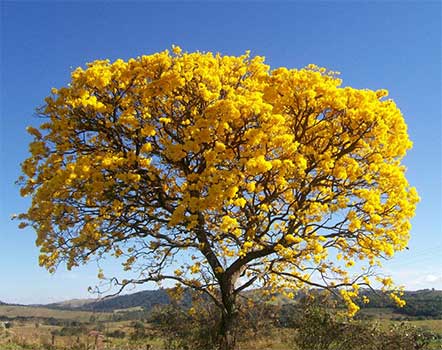 Tabebuia ochracea
Tabebuia ochracea
It occurs in the states of Paraná, Minas Gerais and São Paulo. Very heavy wood and very hard to cut; light brown heartwood, with yellowish or greenish reflections; fine texture; uneven to reverse grain; imperceptible smell and taste; high resistance to attack by xylophagous organisms.
Recommended for internal finishes, bowling balls, tool handles; in civil construction, used in structures, sleepers, crosses, frames, steps and floors.
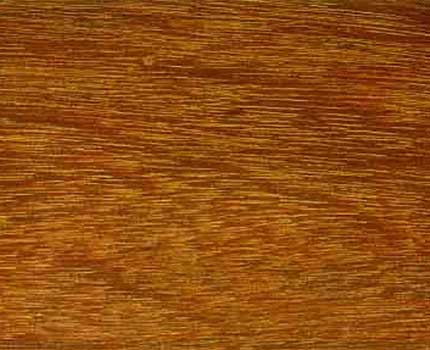
Purple Ipê
 Tabebuia impetiginosa
Tabebuia impetiginosa
It occurs from Ceará to Paraná, in rainforests. Very heavy wood and very hard to cut; heartwood brownish-brown, uniform; fine and uniform texture; straight or reverse grain; imperceptible smell and taste; high resistance to attack by xylophagous organisms.
Recommended for internal finishes, bowling balls, tool handles; in civil construction, used in structures, sleepers, crosses, frames, steps and floors.

Jatobá
 Hymenaea stilbocarpa
Hymenaea stilbocarpa
It occurs throughout the country, in both rainforest and dry forests. Very heavy wood and very hard to cut; heartwood variable in color, from light pinkish brown to reddish brown; uniform medium texture; regular and irregular grain; imperceptible smell and taste; resistant to attack by xylophagous organisms.
Recommended for furniture, sporting goods, turned parts, bodies, wagons; in civil construction, in structures, frames, floors, sleepers and crosses.

Muiracatiara gust
 Astronium lecointei
Astronium lecointei
It occurs in the Amazon region, especially in Pará. Wood is very heavy and hard to cut; heartwood reddish to dark brown, with darker streaks; medium texture; irregular grain; imperceptible smell and taste; resistant to attack by xylophagous organisms.
Recommended for furniture, decorative objects, tool handles; in civil construction, it is suitable for slats, rafters, parquet boards and floors, panels, frames and shutters.

Roxinho
 Peltogyne angustiflora
Peltogyne angustiflora
It occurs from São Paulo to Maranhão, in cerrados or semi-deciduous forests. Heavy wood, hard to cut; fine texture; irregular grain; purplish-red heartwood; high mechanical resistance and resistance to attacks by xylophagous organisms.
Recommended for furniture, ebanisteria, billiard cues, tool handles; In civil construction, it is suitable for sleepers, posts, stakes, bridges, flooring, among others.
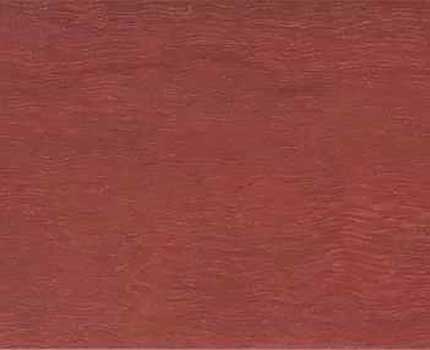
Sucupira
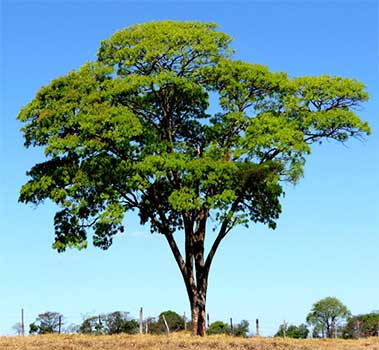 Crisp Bowdichia
Crisp Bowdichia
It occurs most frequently in Pará and Rondônia, in dryland forests. Heavy and hard wood to cut; brownish-brown and dark brown heartwood; medium to thick texture; reverse grain; marked fibrous appearance; imperceptible smell and taste; resistant to attack by xylophagous organisms.
Recommended for furniture and decorative objects; in civil construction it is used in sleepers, beams and rafters, floors, doors and frames in general.
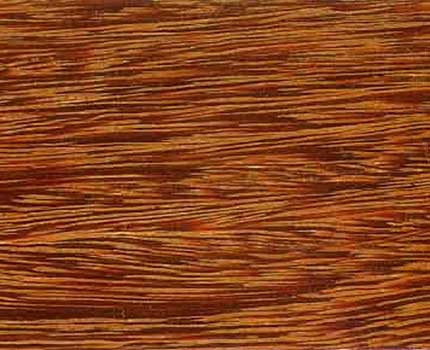
Kapok
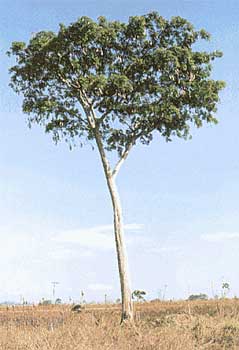 Ceiba pentandra
Ceiba pentandra
It occurs throughout the Amazon basin, in flooded forests and on dry land. Very light and soft wood to cut; heartwood and sapwood undifferentiated in color, beige to light pinkish brown; thick texture; right grain; imperceptible smell and taste; low natural resistance to attack by xylophagous organisms.
Recommended for the manufacture of boats, small boxes, rafts, toys, model aircraft and panels.

Information taken from the books
“Fichas de Características das Madeiras Brasileiras” – IPT – Calvino Mainieri e João Peres Chimelo – SP, 1989
“Árvores Brasileiras – Manual de Identificação e Cultivo de Plantas Arbóreas Nativas do Brasil” – Harri Lorenzi – SP, 2002
![]()
Ateliê Julia Krantz
Rua Coriolano, 71 | Vila Romana
05047-000 | São Paulo | Brasil
juliakrantz@juliakrantz.com.br
